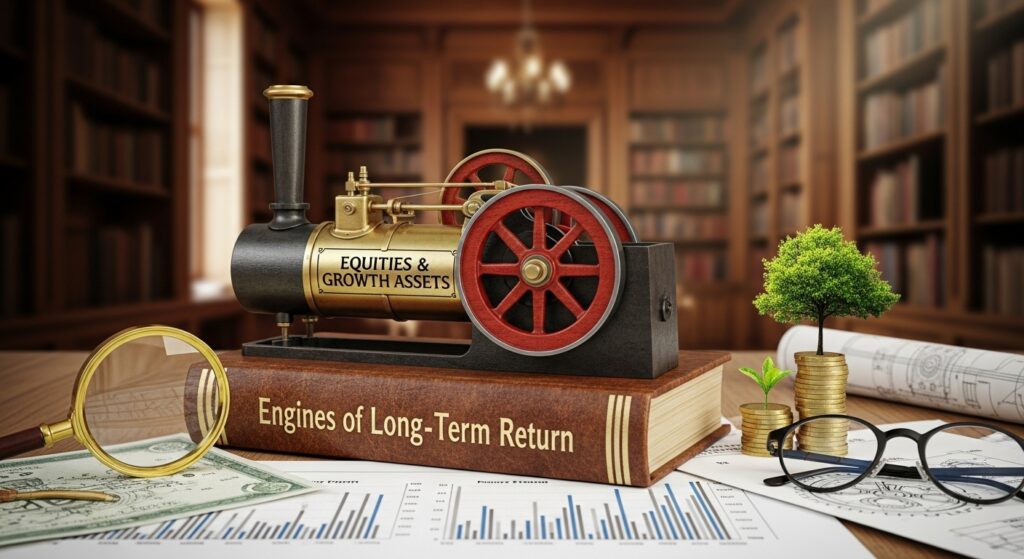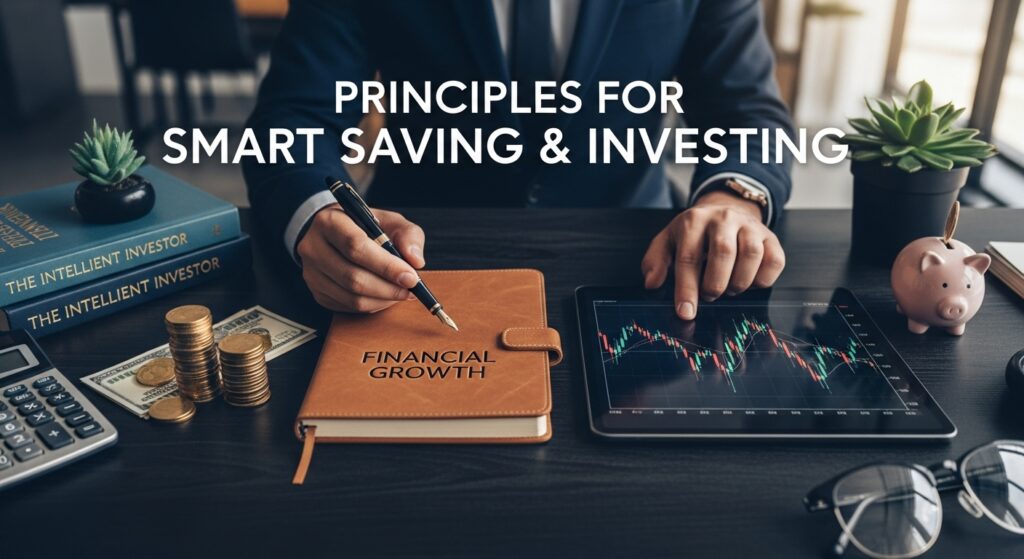Explore major global saving and investing vehicles—from cash accounts and bonds to equities, real estate, and digital assets. Learn how to balance safety and growth across diverse markets.
In an interconnected global economy, the path to wealth creation and financial security demands both saving and investing—yet each serve distinct roles. While savings provide stability and liquidity, investing brings growth potential and reflects risk-reward trade-offs. According to global guidelines, the key is understanding the broad spectrum of vehicles and aligning them with your goals, timeline and risk appetite.

1. Savings Vehicles: Building a Financial Foundation
Savings accounts, fixed‐term deposits (certificates of deposit) and money‐market funds offer low-risk, liquid places to park capital. Regulators such as the U.S. Securities and Exchange Commission note that “savings” products include bank accounts and short-term deposits, useful when your time horizon is short or risk tolerance low.
In many countries, higher-yield online savings or fixed-term accounts help offset inflation more effectively. Begin with an emergency fund before digging into longer-term investments.

2. Equities & Growth Assets: Engines of Long-Term Return
For investors seeking growth, shares (equities) offer ownership in companies and historically robust returns—albeit with higher volatility. Sources categorize equities as one of the principal asset classes alongside cash, property and bonds.
Begin with low-cost index funds or exchange-traded funds (ETFs) for global diversification, rather than trying to pick individual stocks. As one guide states, “low-cost, broad-based index investing” is among the most effective long-term strategies.

3. Fixed Income, Bonds & Real Estate: Balancing the Portfolio
Moderate-risk vehicles such as government or corporate bonds and real estate investments serve to diversify away from equities. Many international guides classify bonds and property as distinct asset classes.
Real estate offers tangible asset exposure and inflation protection but may be less liquid and demand higher capital. In many markets, investors access property via real estate investment trusts (REITs) rather than direct ownership.

4. Alternative & Digital Assets: Global Frontier Options
Across advanced and emerging markets, alternative investments—commodities, digital currencies, peer-to-peer lending—are increasingly available. An Indonesian guide includes gold, government bonds and P2P lending on the list of types for beginners.
Such vehicles come with higher risk and often require more specialized knowledge—but they may play a strategic role for globally diversified portfolios.

5. Global Principles for Smart Saving & Investing
- Define your goal, horizon and risk appetite. Global regulators emphasise that dynamic allocation should reflect your timeline and risk capacity.
- Diversify across geographies and asset classes. Many beginner guides stress the importance of spreading risk across cash, equities, property and fixed income.
- Keep costs low and focus on long-term discipline. Studies show that fees erode returns, and compounding is more effective when you stay invested.
- Save first, invest second. Before allocating into growth assets, secure your short-term safety net via savings. Then move into investment vehicles that suit your long horizon.
- Adapt to global context. Whether you’re in Asia, Europe, Africa or the Americas, local rules (tax-treatment, market access, currency risk) matter. Seek to understand your country’s frameworks but apply universal principles.
Thus, across continents and markets, a balanced approach blending savings (security) and investing (growth) remains the most reliable pathway. The smartest individuals treat savings and investments as complementary segments of a single financial journey—not separate silos.
Frequently Asked Questions (FAQs)
Q1: What is the difference between saving and investing?
Saving involves placing money in low-risk, highly liquid vehicles for short-term needs. Investing involves committing capital to assets with longer time horizons and higher risk in exchange for higher potential returns.
Q2: How should global investors choose between asset classes?
Consider your timeframe, goals, risk tolerance and local market conditions. Then allocate across savings accounts, equities, bonds, real estate and alternatives accordingly. Diversification and long-term discipline matter most.
Q3: Is investing only for affluent people?
No. Many global platforms now enable micro-investing (small amounts in ETFs or index funds). The guiding principle: begin early, stay consistent, keep costs low.
Q4: Can real estate be considered a global investment?
Yes—in many regions you can invest in REITs or international property funds that provide real-estate exposure without local direct ownership complications.
Q5: Are alternative assets like cryptocurrencies suitable for everyone?
These assets may offer strong upside, but they typically come with higher risk, lower regulation and more volatility. If included, they should form a modest portion of a broadly diversified portfolio.
GlobalInvesting #SavingsAndInvesting #WealthBuilding #AssetClasses #PortfolioDiversification #PersonalFinance #InvestSmart #FinancialEducation #GlobalEconomy #LongTermWealth

